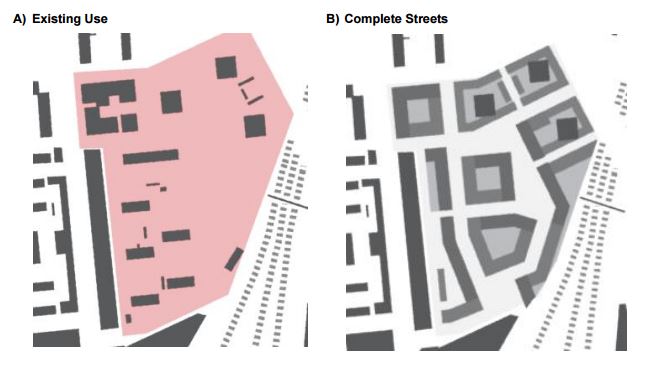London house prices: Rethinking high rise estate regeneration could create 360,000 more new homes

We may have been doing regeneration wrong this whole time.
There's a much better way to redevelop London's high rise housing estates that would increase the number of homes in the capital by several hundred thousand, a new report has found – all but solving the housing crisis.
More than a quarter of a million extra homes could be built in the capital on regenerated housing estates by redesigning the layout of the space to replicate traditional street formations rather than simply re-building high rise tower blocks in the same mould.
The report comes as David Cameron unveiled plans for 100 so-called sink estates across the country to be redeveloped, kick started by £140m of government funding.
By redesigning the space and better integrating the new housing into the wider neighbourhood, the number of homes per hectare would rise from 78 to 135, according to a new report from Savills.
Read more: Institutional cash is already building London homes
The "complete streets" concept combines different housing configurations, from mansion block flats to terraces, alongside other commercial buildings, laid out in a traditional street form and with other design features. This type of development could be built more cheaply and create a better social environment, as well as provide more housing. Savills also claims the homes would be worth more.

“The complete streets combination of terraced houses, mid-rise mansion blocks and refurbished towers integrated into a human-scale streetscape, actually costs less to build than new high-mass blocks in open space," said Savills research director Yolande Barnes.
"A ‘complete street’ neighbourhood will create a better, more desirable place to live and a better asset for the local authority or housing association land owners than contemporary regeneration practices."
The independent report, commissioned by the Cabinet Office, estimates around 20 per cent of the capital's housing estates could be redeveloped in this way.
Read more: If we all budge up, we can house a growing London
While the traditional way of redeveloping existing post-war estates in keeping with tower block layouts improves the quality and density of housing, the potential of these areas is not being maximised.
"Too often, poor quality, low functioning buildings are replaced with sometimes higher quality, new, but similar ones with the consequence that the place itself remains disconnected from the London street scene and lacks amenity," the report said.
"If newly-regenerated estates remain merely a collection of buildings (albeit occupied by a wider variety of residents) and remain cut off from surrounding neighbourhoods, we postulate that they are more likely to continue functioning sub-optimally – especially in the context of a major and high-functioning world city.
It concludes that based on its modelling and analysis, adopting this regeneration method over the next decade could substantially alleviate the housing crisis in London, as well as addressing issues of affordability.
A survey of those in the industry – from developers and architects to local government and investors – found 68 per cent they think the street-based approach is best.